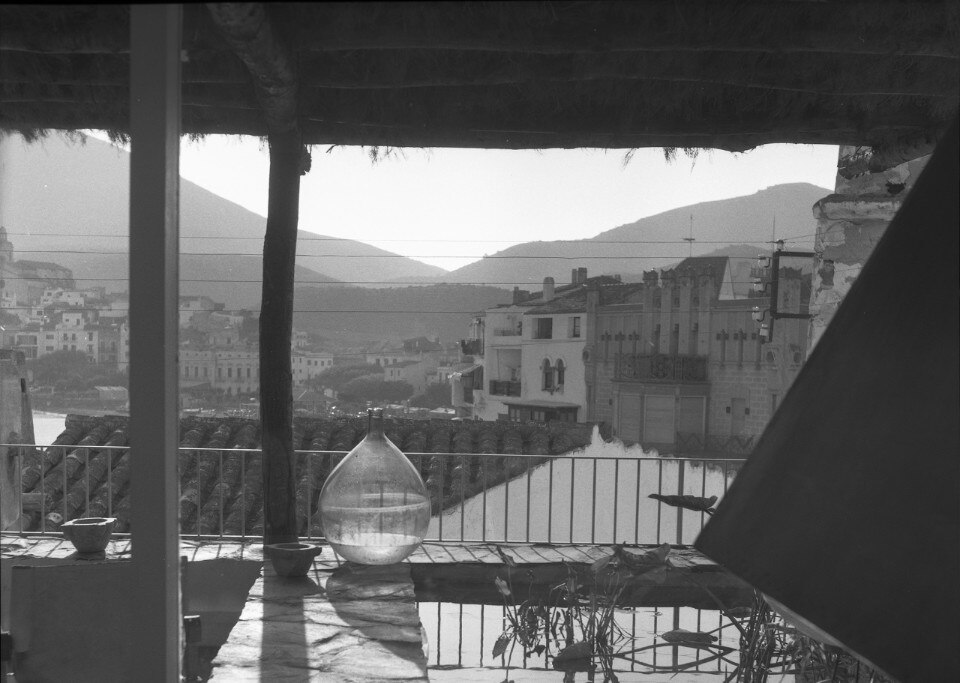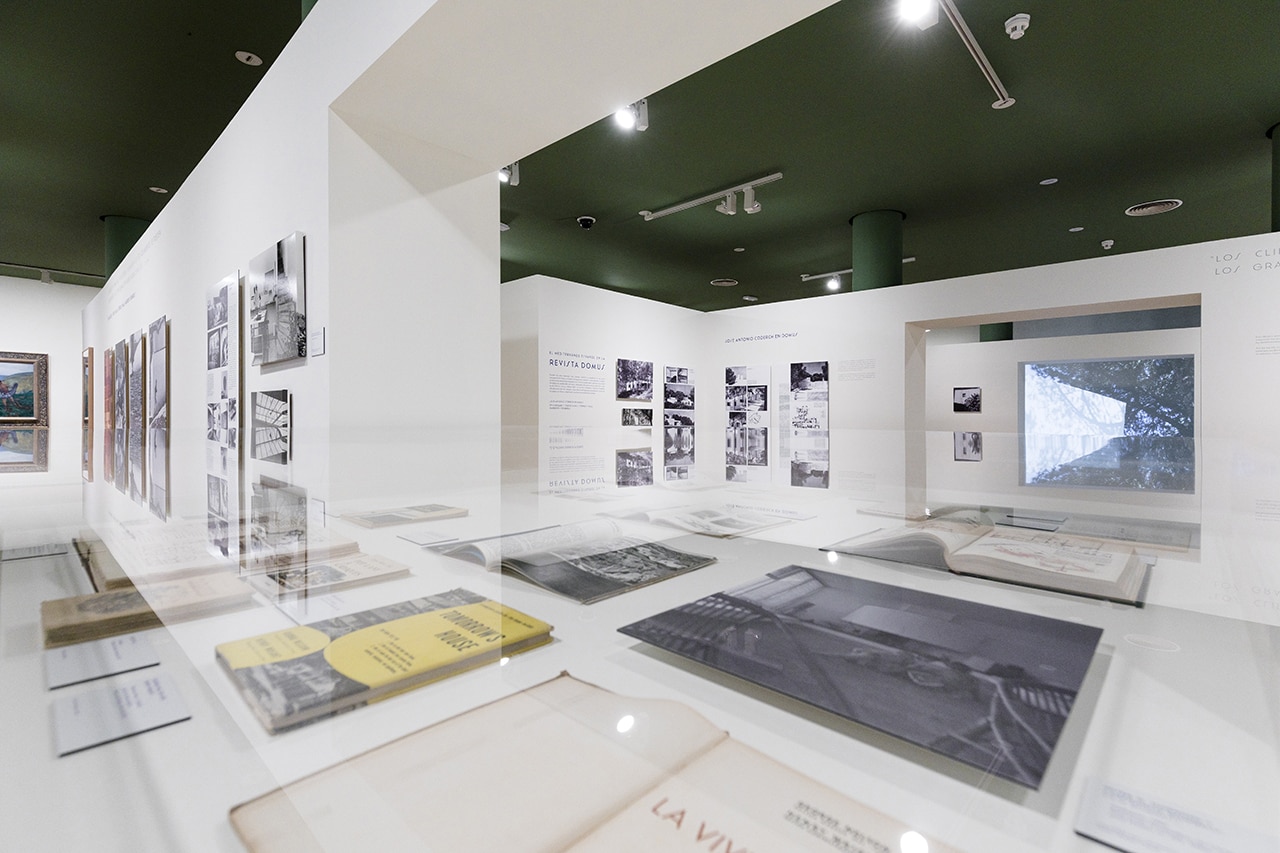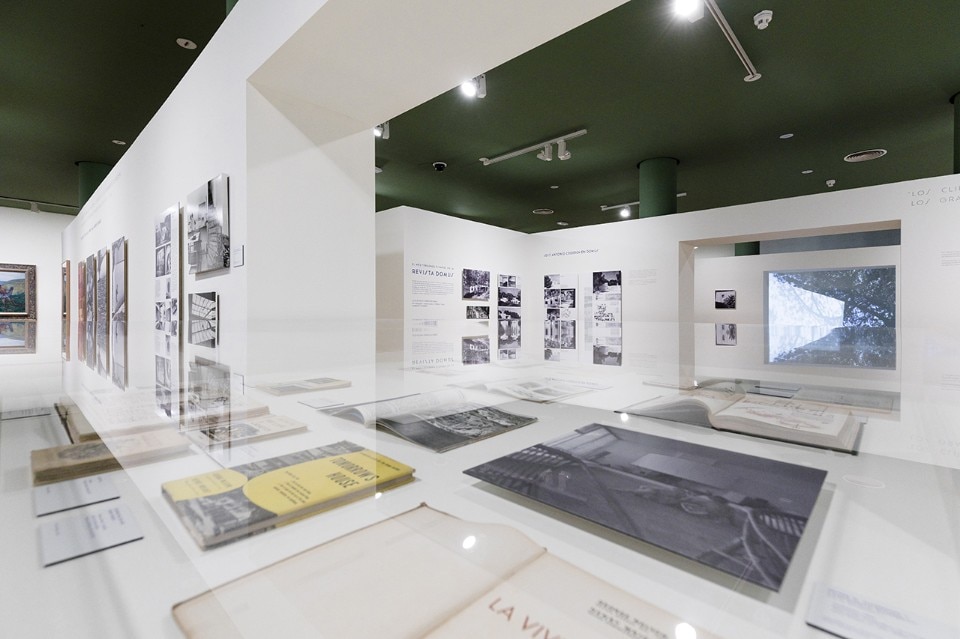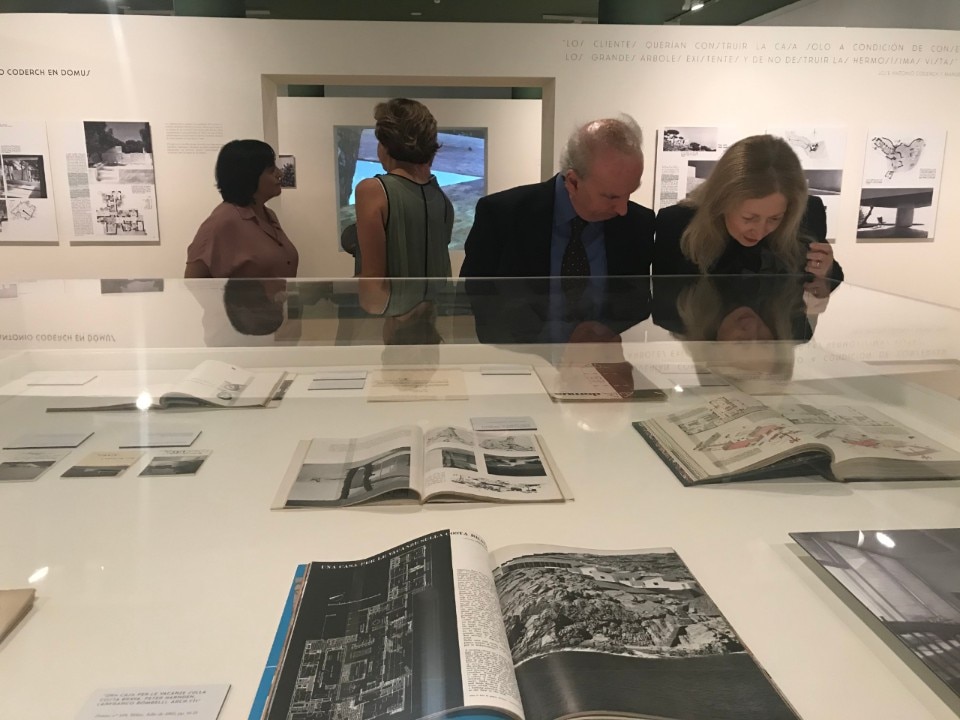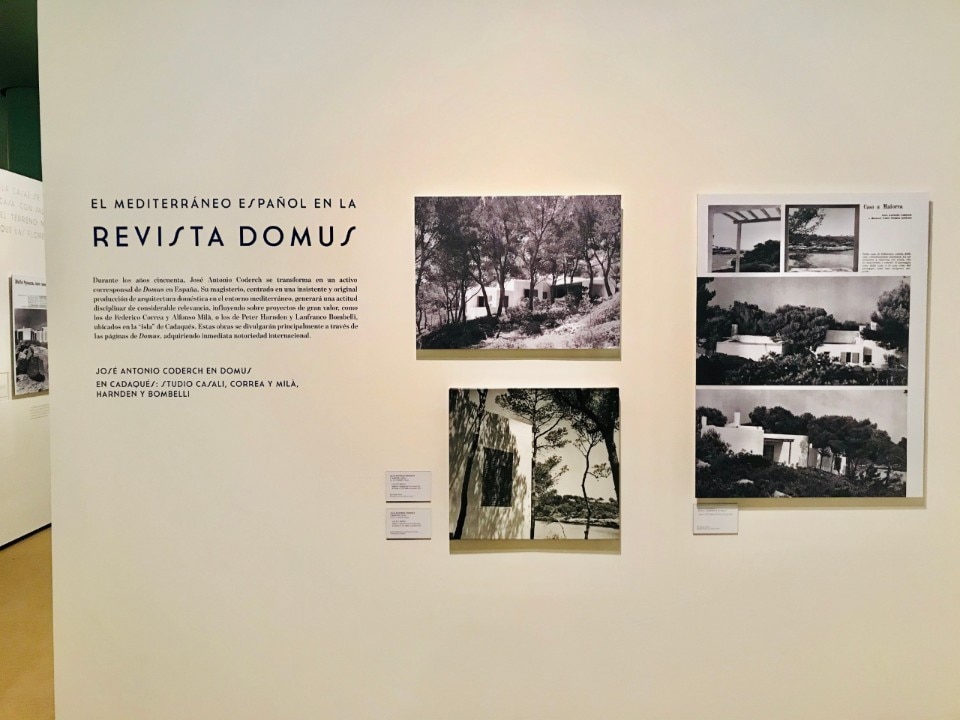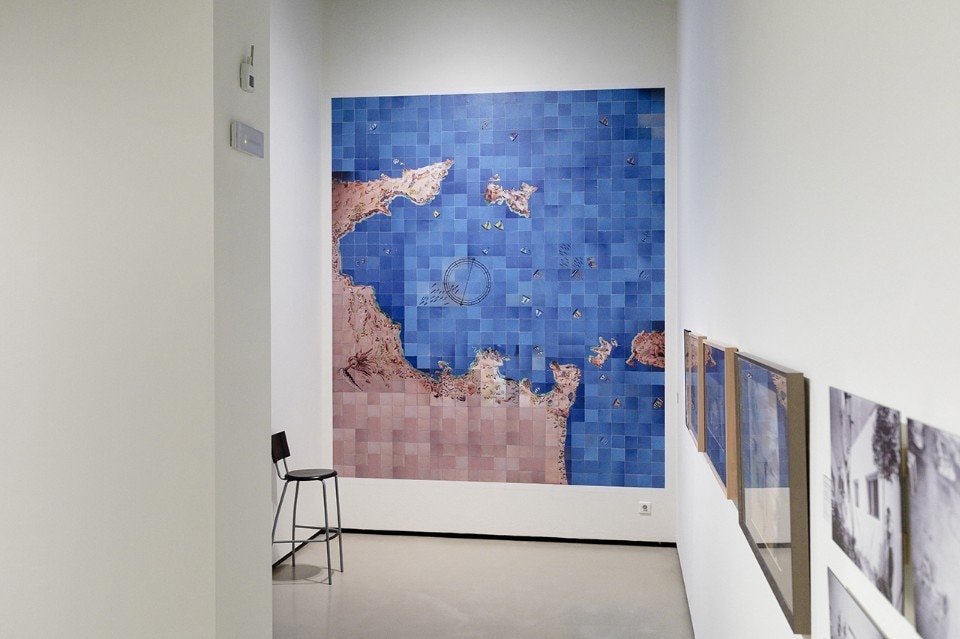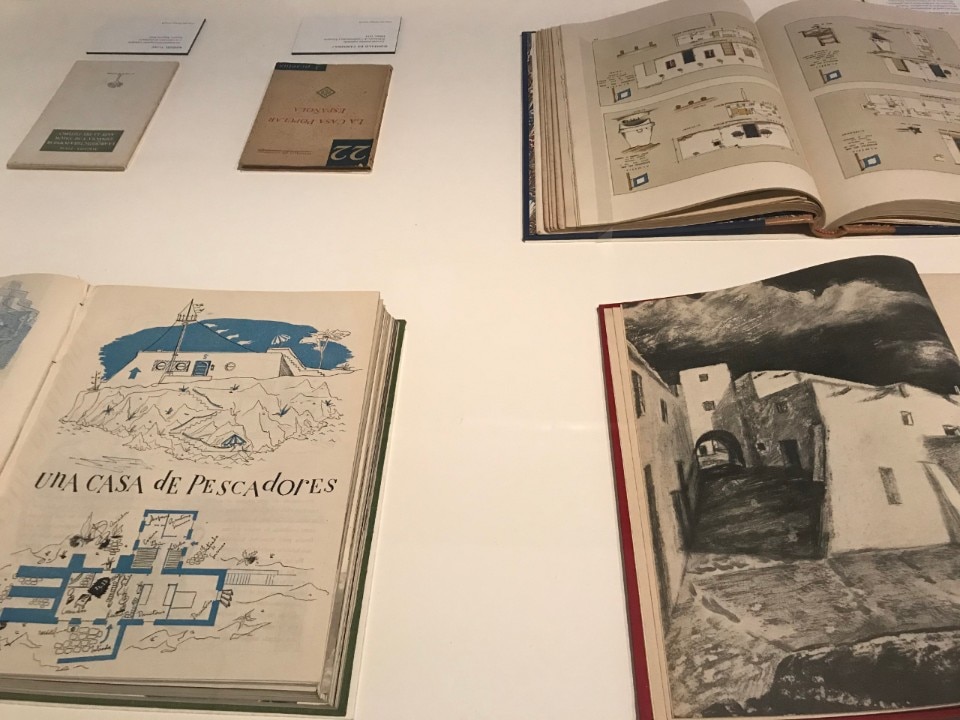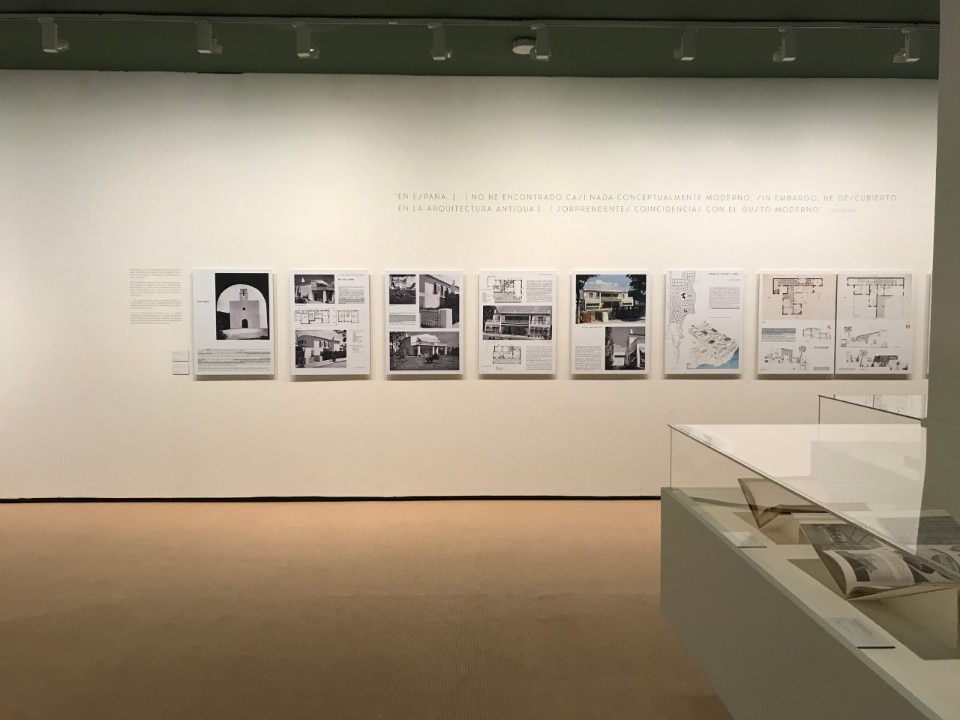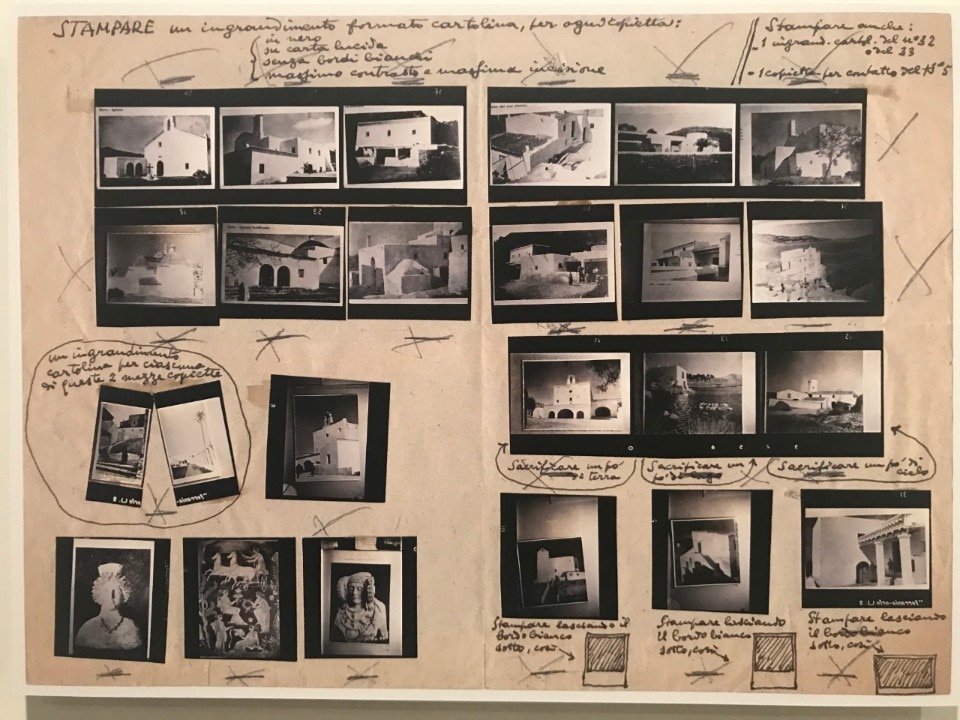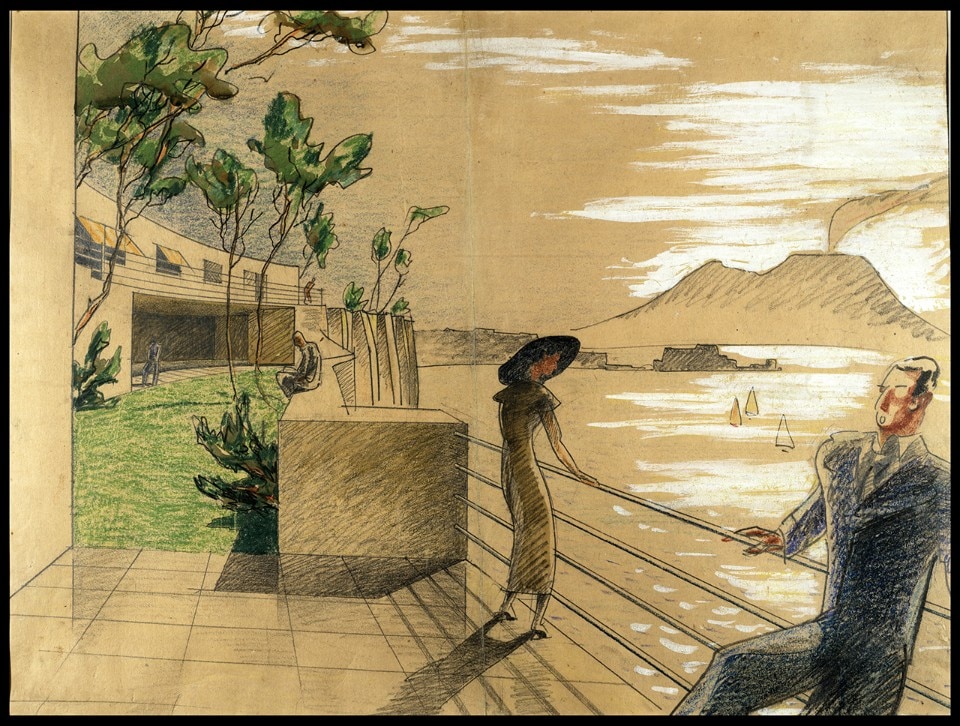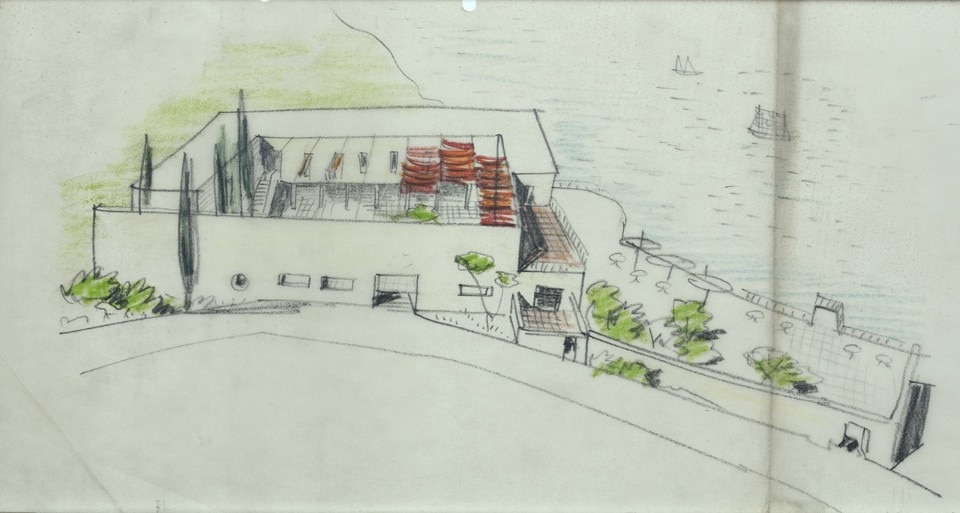At the ICO museum in Madrid, the exhibition “Imaginando la casa mediterránea” (Imagining the Mediterranean house), curated by Antonio Pizza, tells the story of the intense cultural exchanges that animated Spain and Italy in the 1950s, focusing on the search for a type of housing integrated with the landscape and on the recovery of the values of spontaneous architecture, typical of the Mediterranean area.
The archival documents, photographs and interior drawings of the houses built on the Italian coast, such as the Casa Oro in Posillipo and the reproduction of its ceramic floor painted by Rudosky, prove the vitality of the research that interprets the domestic space as a simple structure, with pure lines, integrated into the original context and in harmony with the elements of nature – the sea, the sky, the sun – and its inhabitants. “We don’t need a new way of building, but a new way of living”, wrote Bernard Rudosky, the Austrian architect who inaugurated the debate on the “Mediterranean house” on the pages of Domus, in 1938.
.jpg.foto.rmedium.jpg)
Documents and publications show the role that some international figures, such as Gio Ponti and Alberto Sartoris, played in the post–war years in promoting “Mediterraneanism” as a vehicle for architectural renewal against the uniformity of alienating urban life and undifferentiated construction.
Domus, which in the fifties spread the relationship between Italy and Spain, is the backbone of the exhibition: the reproduction of the magazine pages accompanies the visitor on the journey through architecture. In those years, in fact, Gio Ponti published the projects of Spanish houses integrated into landscapes flooded with light, such as those of the Catalan architect Antonio Coderch, and told the passion for the domestic “Mediterranean” dimension: “the Spanish define the house with a beautiful word, vivienda, “to live”, because living is something else than just inhabiting. It is a complex of living, lazing, contemplating, enjoying, suffering, sheltering, isolating, loving, imagining between walls and sky, between walls and sun”.
The Spanish define the house with a beautiful word, vivienda, “to live”, because living is something else than just inhabiting.
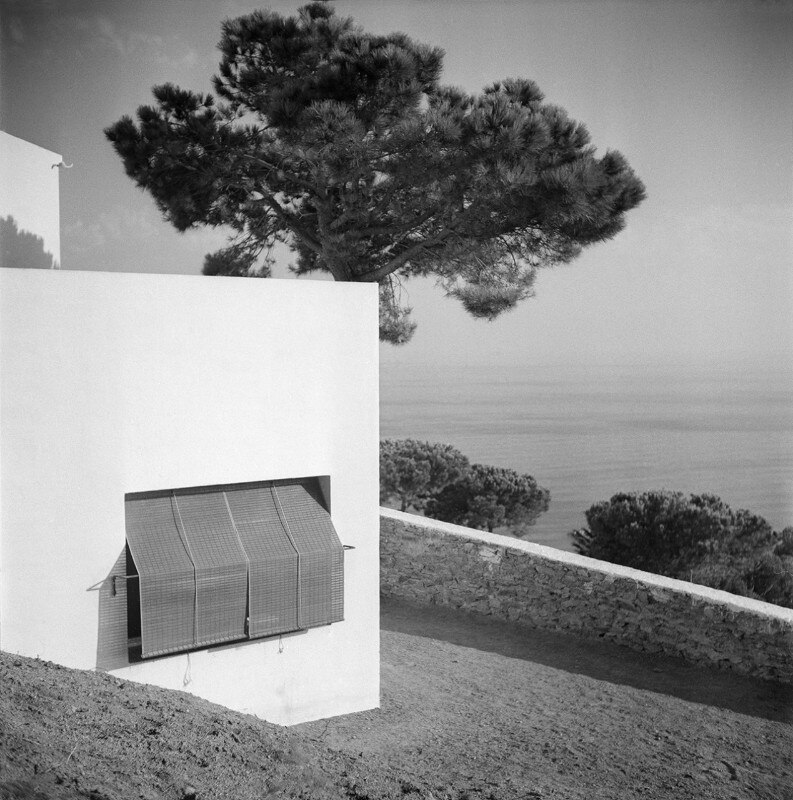
On display, videos, private notes and reports on the spontaneous architecture of the islands, such as the photographs of Luigi Figini’s trip to Ibiza in 1949, tell of the renewed interest of the time in the vernacular architecture of the Mediterranean coast and its anonymous architectures, “without architects”, such as the fishing villages, which became the new sources of inspiration for Italian and Spanish architects.
The balance between visual and textual content of the exhibition, supported by an exhibition that facilitates dialogue between rich and diversified sources, allows us to grasp the diversified approach with which the theme of the “Mediterranean house” has been addressed through architecture, but also through anthropology and landscape.
Opening image: Peter G. Harnden and Lanfranco Bombelli, Villa Gloria, Cadaqués, 1959. View from the terrace. Photo Giorgio Casali© Herederos de Harnden y Bombelli / Fondo Harnden-Bombelli Arquitectos - Arxiu Històric del Col-legi d'Arquitectes de Catalunya. IUAV University of Venice - Projects Archive, Giorgio Casali Fund.
- Exhitition:
- Imaginando la casa mediterránea. Italia y España en los años 50
- Opening dates:
- 2 October 2019 – 12 January 2020
- Curator:
- Antonio Pizza
- Museum:
- Museo ICO
- Address:
- Calle Zorrilla, 3, Madrid


